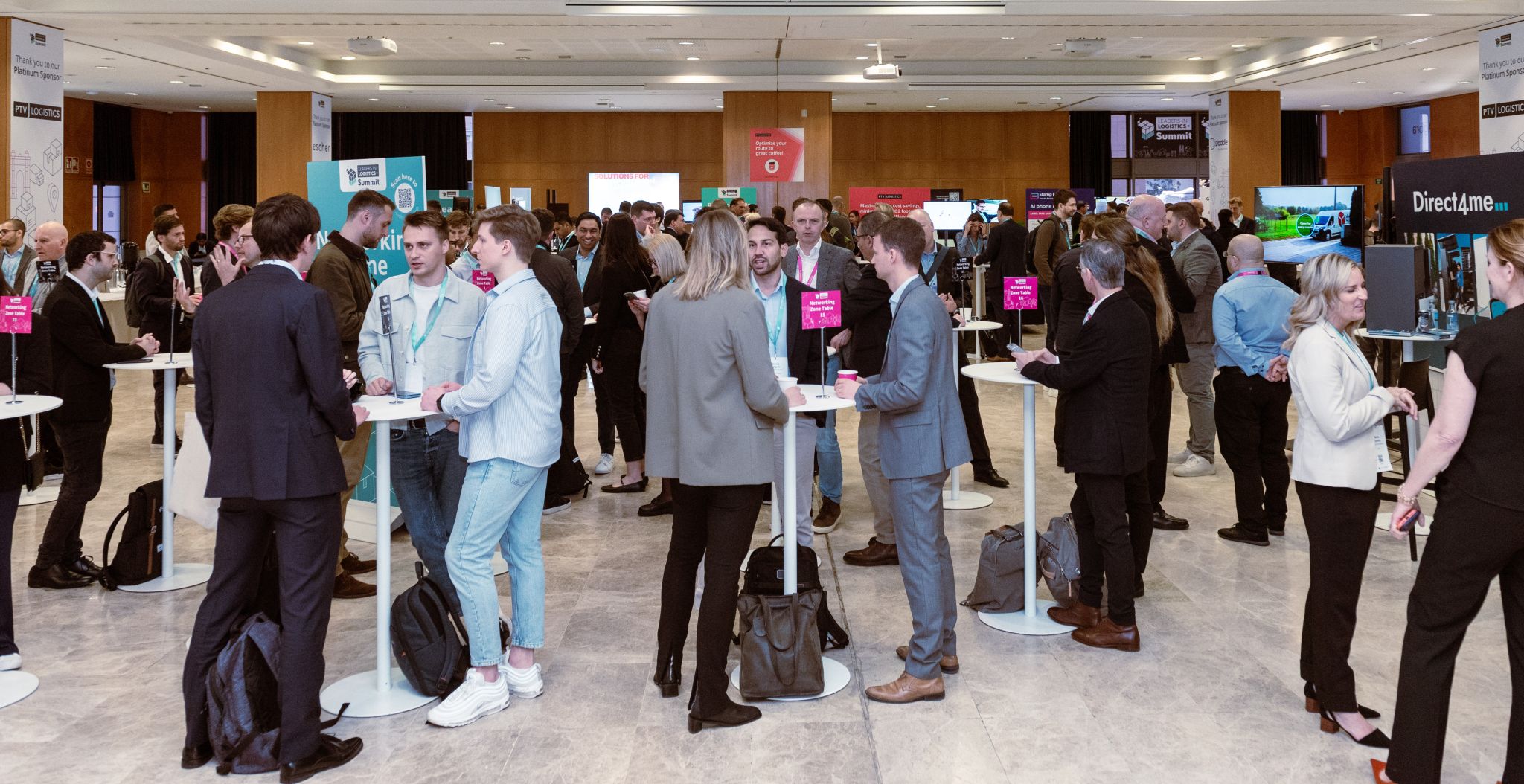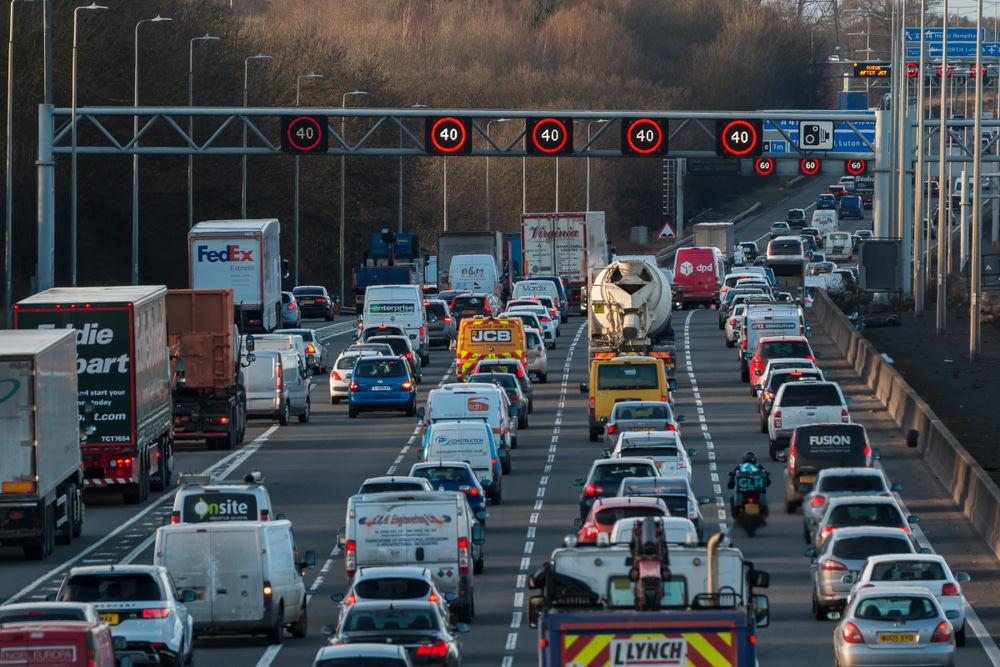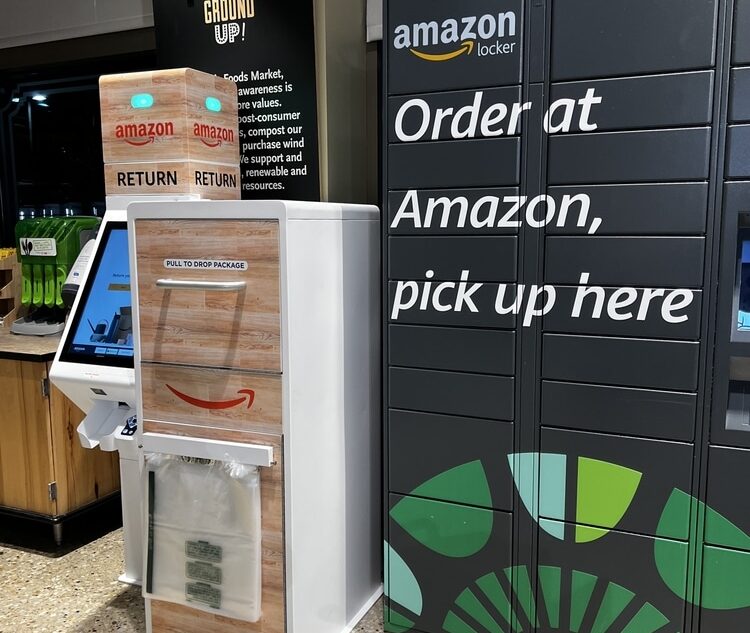Insight / Blog
The convenience truth: making PUDO attractive in South Korea
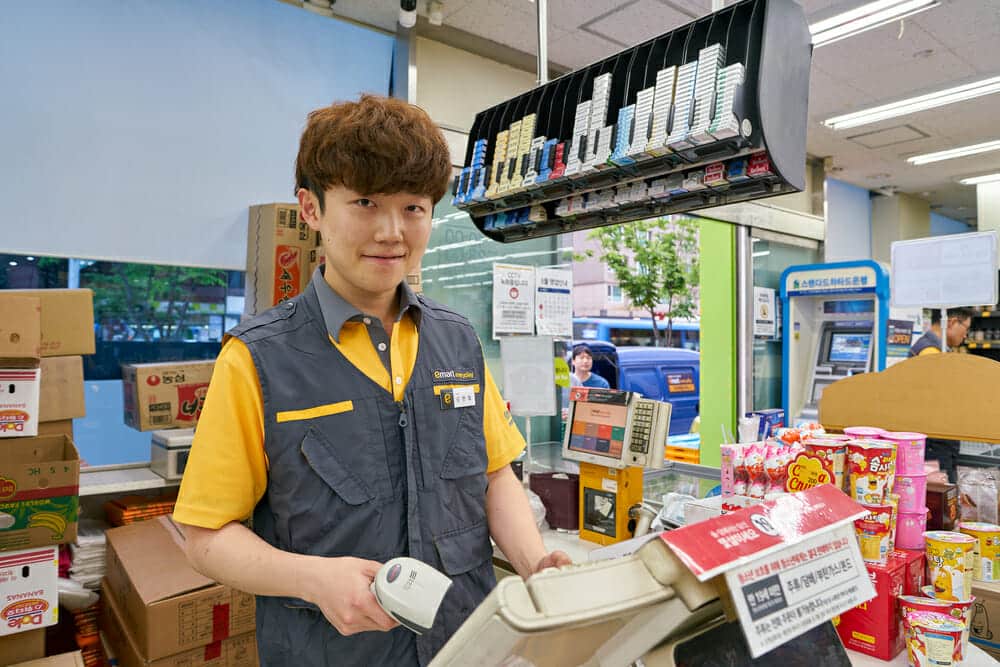
Summary: Home delivery reigns in South Korea - but with increasing demands, costs and less workers, something will have to give.
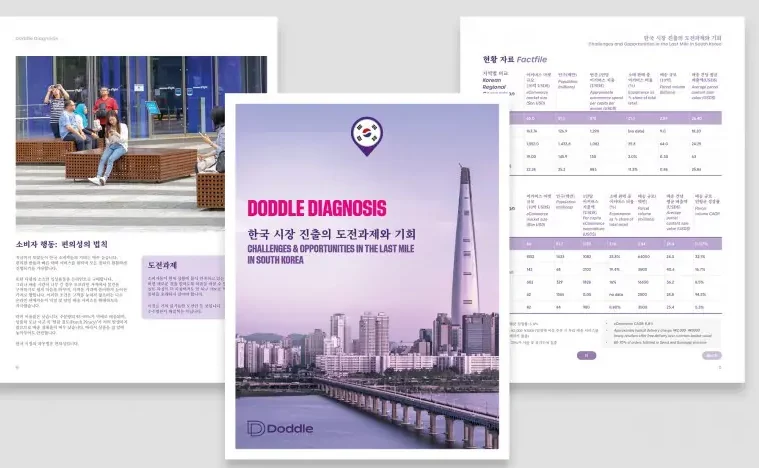
This blog article is part of our South Korea market insight series, exploring opportunities for parcel carriers and offering insight and comparison to other parcel markets around the world.
Consumer expectations run high in South Korea – shoppers want convenient returns, fast delivery to their homes, and zero hassle at all times.
South Korean parcel volumes have grown by 12.7% (CAGR) over the past five years, with more than 2.5 billion packages shipped in the most recent year for which figures are available.
But just how sustainable is that growth? With home delivery as the preference of an impatient customer base and, as we discuss below, complications in the employment landscape, something will have to change.
The parcel market in South Korea
Upwards of 60% of ecommerce orders are placed by the 25 million or so people living in and around Seoul. Around 70% of people live in apartment blocks in densely populated urban areas. Thanks to its ageing population and low fertility rates, South Korea has a shrinking working population. Consequently, there is limited scope to add more pickers, packers, drivers and so on into the mix. Indeed, in the near future, it’s likely that just about every role in fulfilment could become a costly challenge to fill as the pool of potential applicants gets ever smaller.
Currently, such roles are typically filled by gig economy workers. But of late, South Korea’s delivery sector has found itself mired in much the same gig-worker controversy as several other countries. And while this model has helped keep costs low and increase flexibility, there are indications that change is on the way – where PUDO must become more attractive to users to fulfil demand.
Rising costs on the horizon
According to a Reuters’ report published in November, most of the country’s 54,000 delivery workers are classed as self-employed. They aren’t entitled to the same benefits and protections as regular employees and this is drawing the ire of trade unions. It’s a situation that has been amplified by the COVID-19 pandemic, which union spokespeople claim has led to the deaths of a number of workers in the retail fulfilment sector.
It is also attracting the attention of policymakers. Labour Minister Lee Jae-kap has hinted that changes are overdue, saying:
“Policy, infrastructure and technology hasn’t kept up with the pace of growth of the delivery industry and the burden has manifested in long hours and heavy workloads.”
Setting aside the rights and wrongs of employment classification, this all adds up to a future in which the carrier industry will find itself facing rising labour costs. On top of that, with such a dense urban environment, the cost of securing new sites for distribution and sorting centres is extremely high compared to other mature ecommerce markets in larger nations like China and the US.
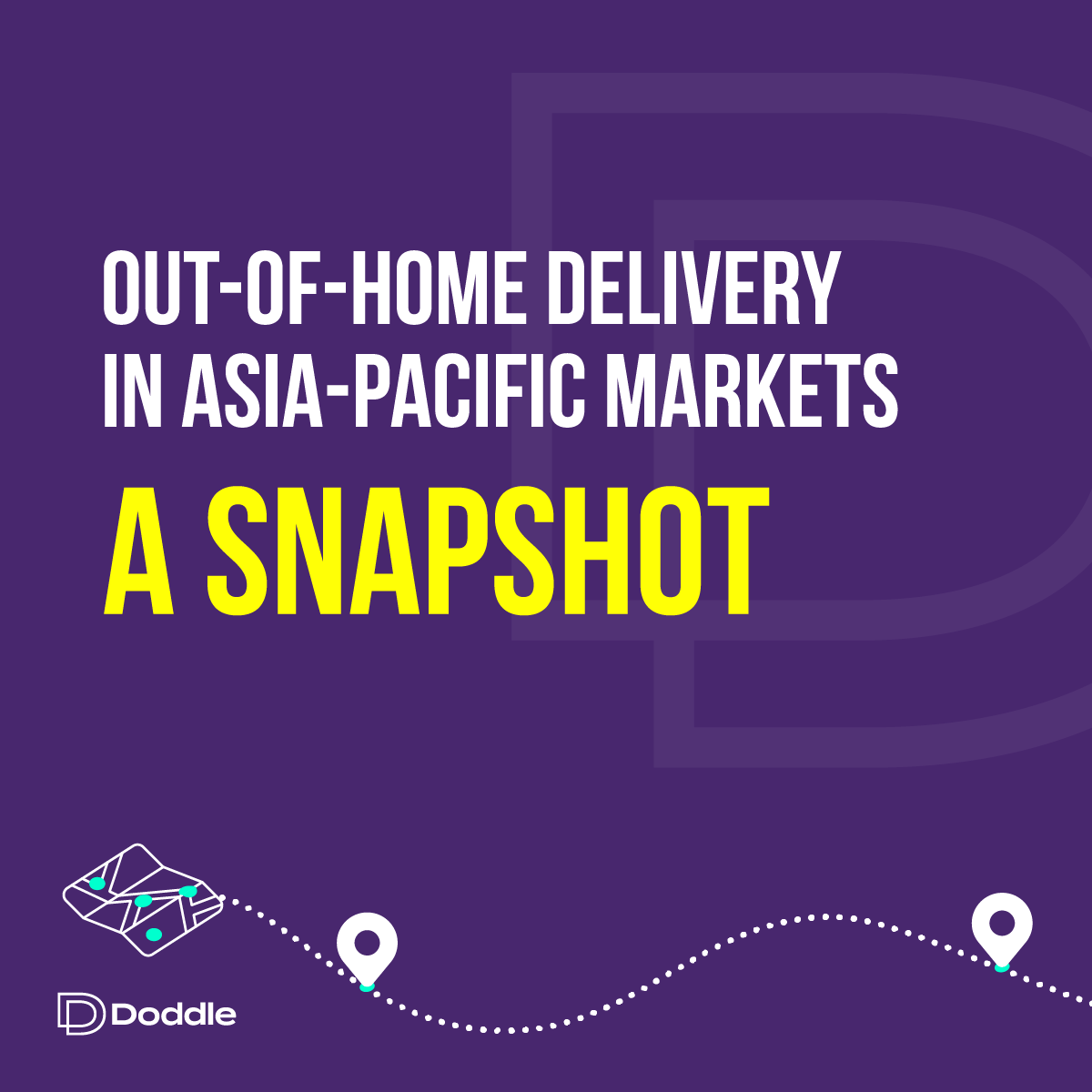
Delivering high quality service without new costs
The luxury of convenience suits shoppers, clearly. But for carriers, it’s a very different picture. Finding ways to continue to delight customers with high levels of service, with convenience on tap, while simultaneously coping with growing demand is a headache.
Bringing a PUDO network to fruition will provide exponentially more capacity into the network. Lockers are not currently a popular choice – around 95-99% of orders still go to the shopper’s home and failed delivery rates are low as doorstep theft or ‘porch piracy’ is almost non-existent. The watchword in this market is convenience. How do you convince customers to change their behaviour when they are so happy with the status quo? Not by making things more complicated or adding layers of cost and inconvenience, that’s for sure.
It might seem like an impossible challenge. But doing nothing is not an option. From a cost perspective, a delivery vehicle taking 50 parcels to a single PUDO location is a more attractive option than the same vehicle taking those same parcels to 50 home addresses.
But how to convince shoppers to use a PUDO offering? Well, elsewhere in the world, Amazon have begun to do this through incentives and psychological ‘nudge’ techniques in their checkout journey.
For low value items being delivered to certain areas, where the retailer recognises that it’s not profitable for them to offer rapid home delivery, their Prime promise is offered only through PUDO collection counters and lockers. Pricing incentives, such as offering free delivery to all PUDO locations, and having a basket value target for free home delivery, can also help to guide customers towards using out-of-home delivery options.
South Korean shoppers have already shown themselves to favour a quick trip to the store over waiting for delivery. Using a PUDO network to capitalise on that existing behaviour could be a solid first step in shifting attitudes and reducing the cost of delivery for carriers.
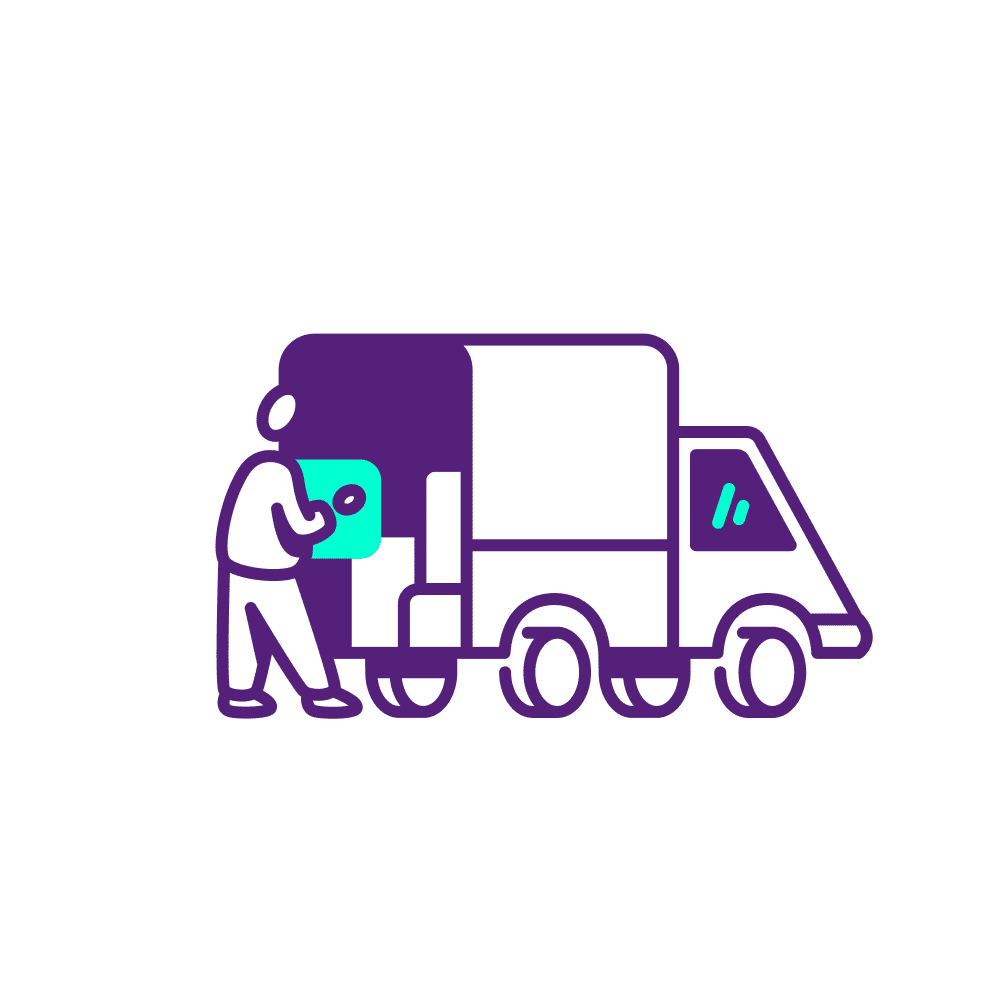
Related articles
Lessons from a decade in the first and last mile
A decade as Doddle taught us some lessons - and Blue Yonder helps us see what will matter in the next decade.
Convenient and sustainable: developing an out-of-home delivery strategy
Sustainability has become a key decision factor for retailers - here's how carriers can stay ahead with an out-of-home delivery strategy that’s both sustainable and convenient for consumers
Parcel lockers vs parcel kiosks: which is best for parcel drop-off?
We explore the benefits and drawbacks of parcel lockers and kiosks to help decide the best self-service solutions.









